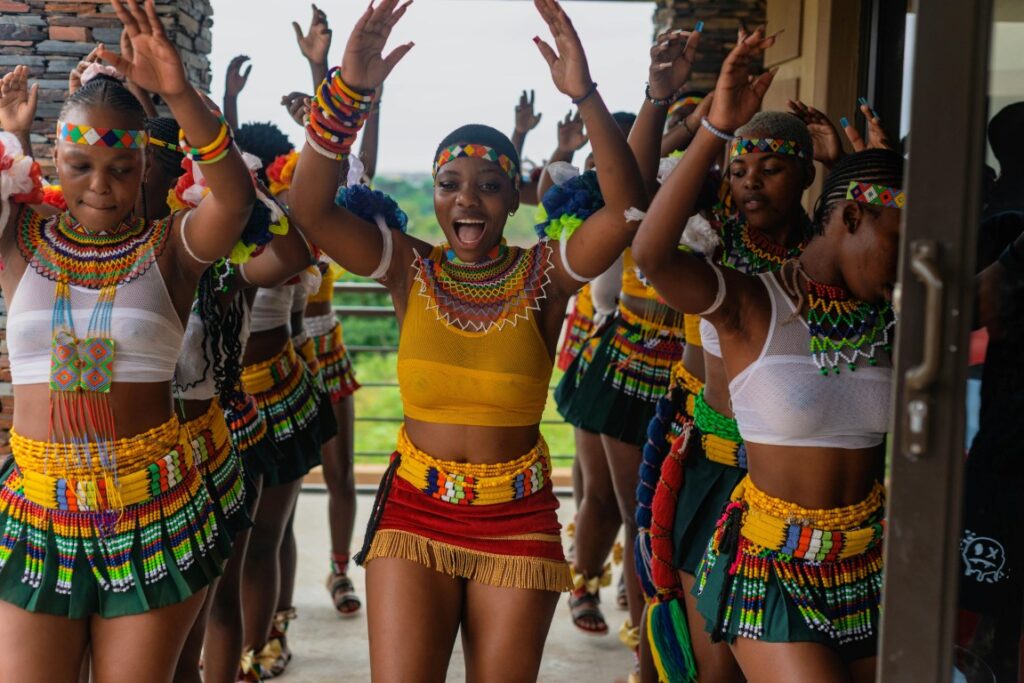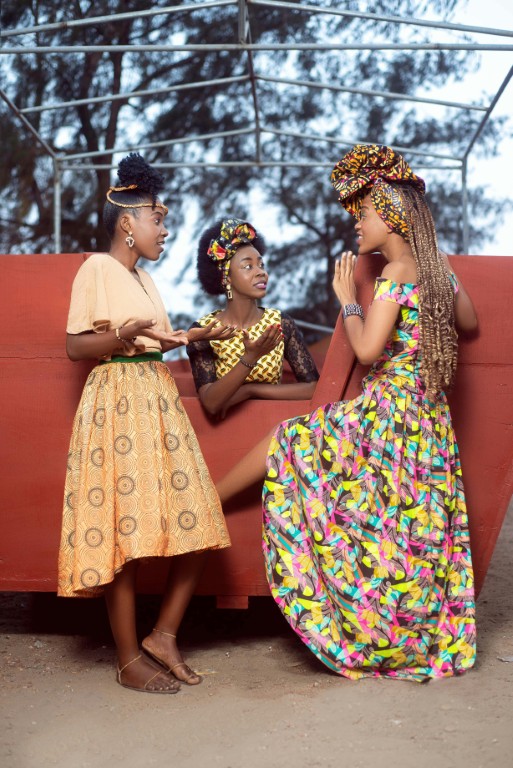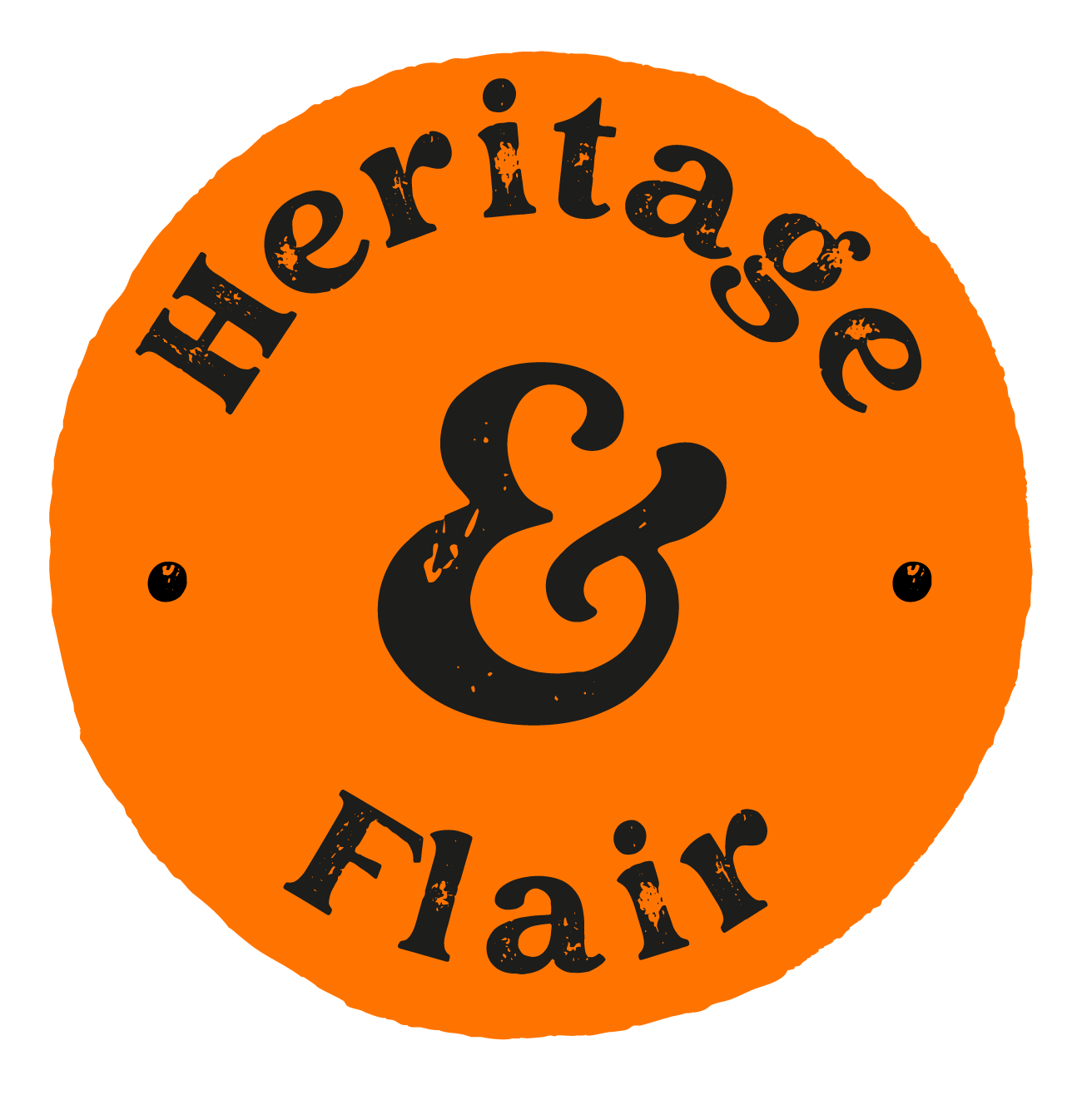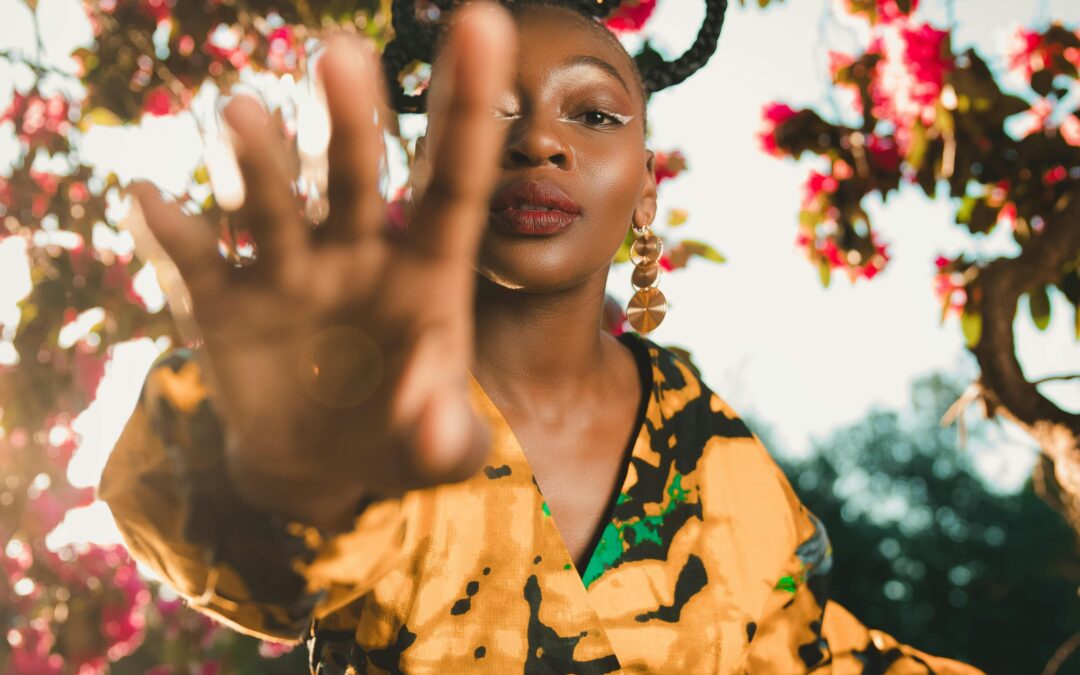When heritage is mentioned, our minds often leap to the spectacular and the visible: the grandeur of world heritage sites, the majesty of traditional attire, the vibrant swirl of dances and festivals, or the melodies of mother tongues. These are the showpieces of culture, the curated expressions we present when asked to explain who we are and where we come from.

But heritage is more than what can be captured in words or film. Beyond the customs and ceremonies lies another layer, subtle, often unnoticed, yet profoundly influential. It lives in the quiet, almost invisible gestures of everyday life.
It lingers in the hiss of a simmering meal, where a recipe becomes memory, patience, and love passed hand to hand across generations, never written down. A favourite dish your parents taught you to cook, just as they learned it from their own parents. A generous scoop of peanut butter added to a savoury stew, not because the recipe demands it, but because it tastes like home.
Heritage sits in the unhurried ritual of waiting for the moon to rise, teaching us to live in rhythm with the natural world. Once, stories were told under moonlit skies; now, they echo in family dinners shared in front of the television different setting, same instinct to gather and connect.
It whispers during the lunch break taken when the sun is directly overhead, a quiet nod to the harmony between body, labour, and time. A remnant of days when the heat made fieldwork impossible, and the rains were awaited like a promise signalling abundance, survival, and celebration.
It expresses itself in the way we comb and style our hair from afros to braids and bold statements and haircuts with a stylish fade, covered with a cap worn at an angle or a headwrap twisted into an intricate pattern, pressed collars and starched pleats and the fresh smell of fabric softener rising from laundry hung out in the sun.

Heritage is found in the unwritten rules of how we greet our elders, the lullabies we sing to our babies, the laughter of children at play, the roar of fans cheering for their team, and even in the quiet scrolling through internet pages to connect with kith and kin.
These invisible practices rarely make it into guidebooks or museum displays, yet they are the threads that quietly stitch our identities together. Long after the festivals end and the drums fall silent, it is these habits of living that continue to shape us. Uncelebrated, unchoreographed, and often unrecorded, they form the deepest layers of who we are.
What does heritage mean to you?

